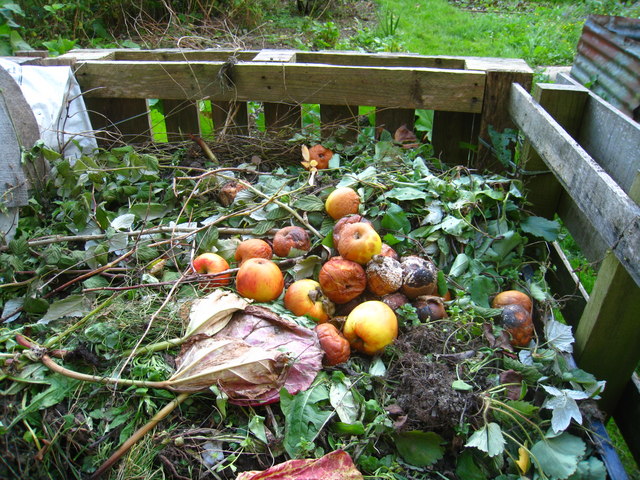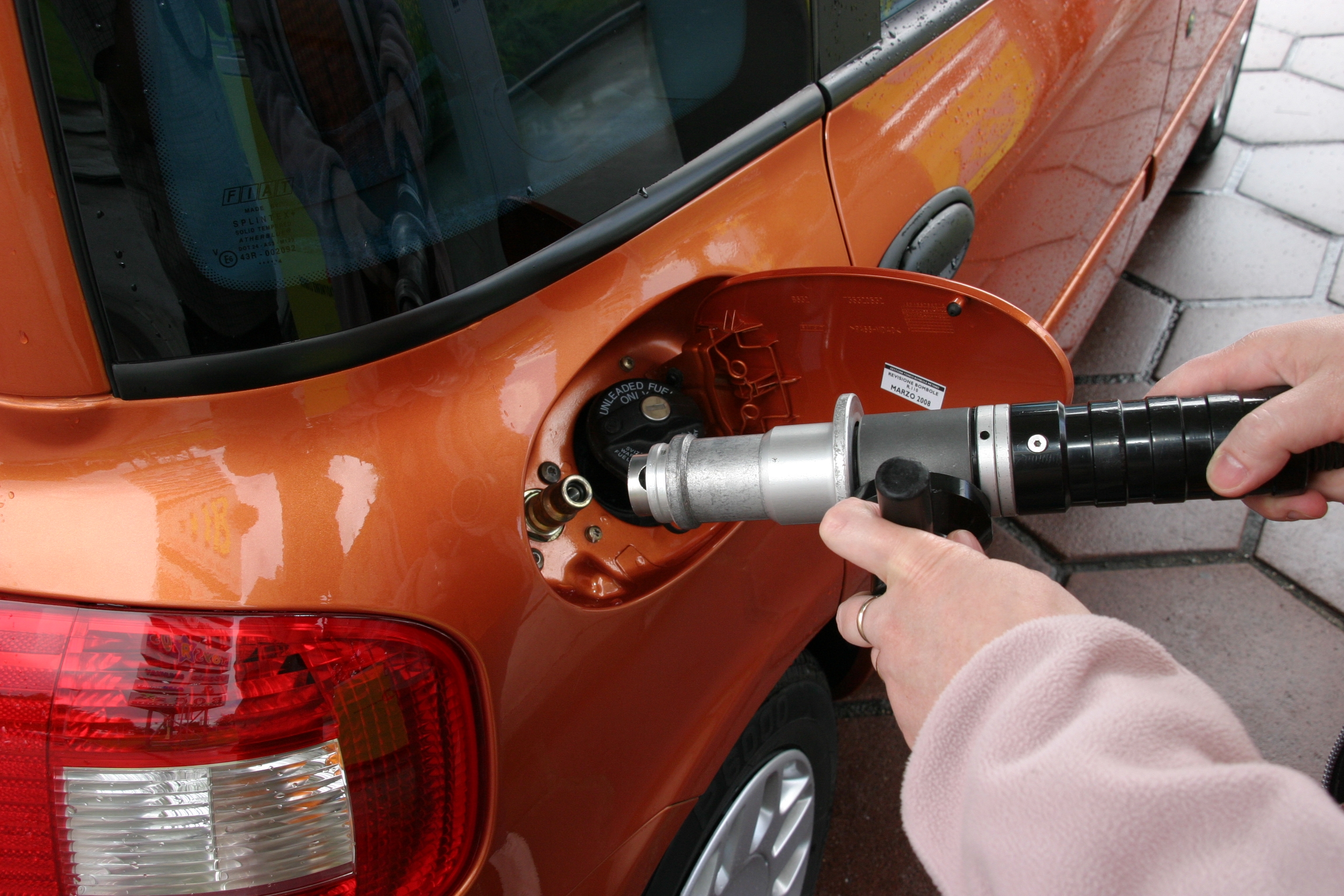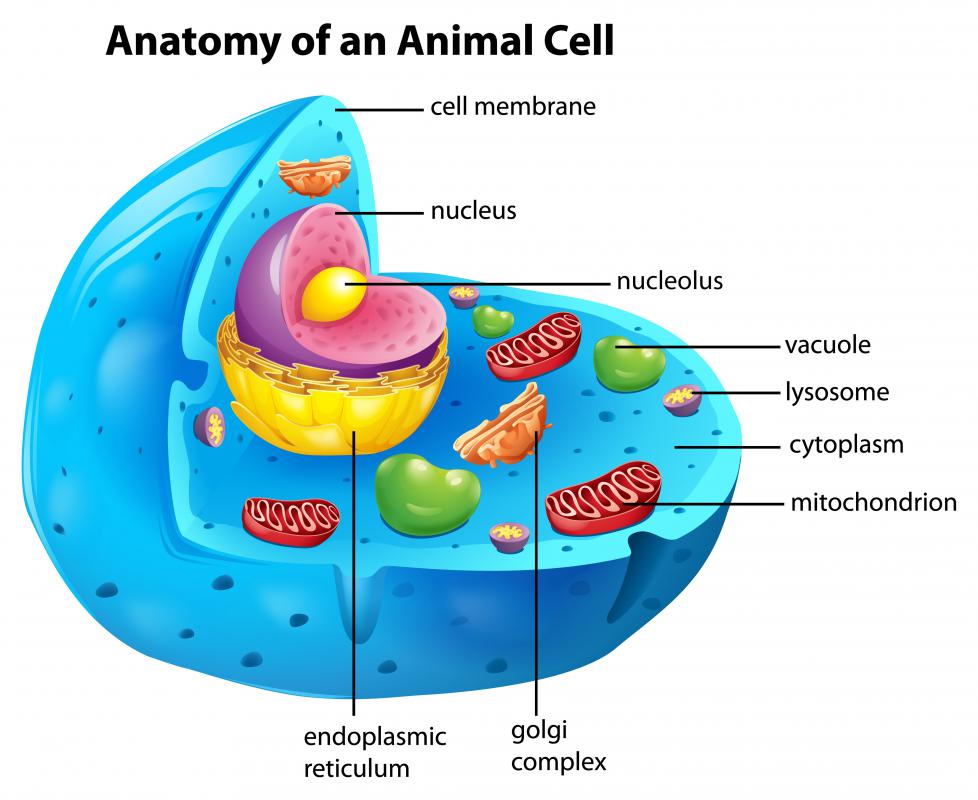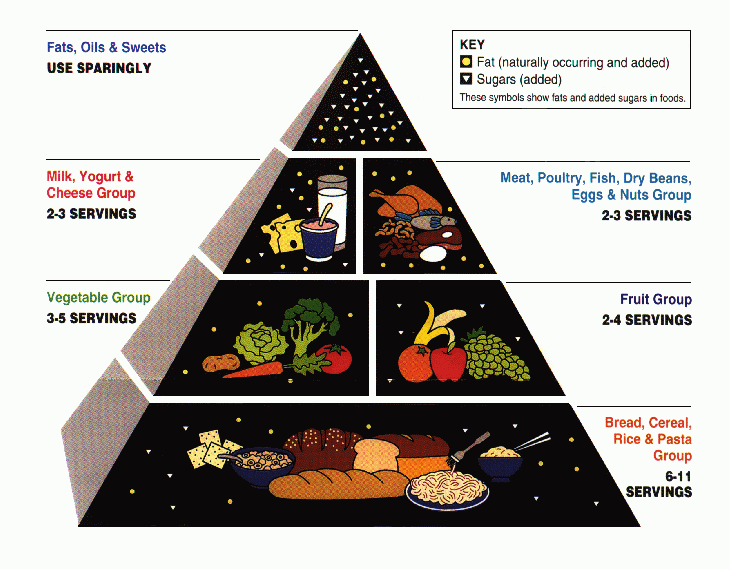Summary: During the charity fair I learned what a revenue is and what an expense is. A revenue is the profit of something and an expense is the cost or price of something. Then there's a financial report which has the report of 2 years in both expenses and revenues. In a charity it may also say on the financial report the donations and to where the money goes. There could be a financial report for every year unless the year isn't over or if the older ones are harder to find.
Backward - Looking
I knew some of the requirements of the charity fair before I started it because I've done it before. Some requirements I knew I had to do were a cost and profit, a charity, how to make your product, and you could be in a group or you could do it solo. Something that we didn't do this year though was where your materials to make your products came from and how they traveled to the store/to you.
Inward - Looking
What I found frustrating in the project was that we were making food but I didn't know how to make the food (jam rolls) so I had to use the instuctable. I didn't know how to make the jam rolls that much so it took me a while to finish making them. We also decided to bring the product during the charity fair so I had to get to the classroom my group was in early to put them in the boxes and tie ribbon on the boxes. But overall I think this years charity fair was good.
Outward - looking
A grade I would give the collaboration for this project is a B+ because I feel as if I didn't do much in this project. Then a grade I would give our presentation is an A- because I think our script was good but we weren't timed very well with our slides. Although an overall grade would be an A or a B.
Forward - Looking
A goal I have for the next charity fair is to help my group more with the cost and profit. I also want to help my group more overall so that they don't do all the work. I also want to do another food product but a food item that I know how to make.











.jpg)









.svg/2000px-Differences_between_simple_animal_and_plant_cells_(en).svg.png)

